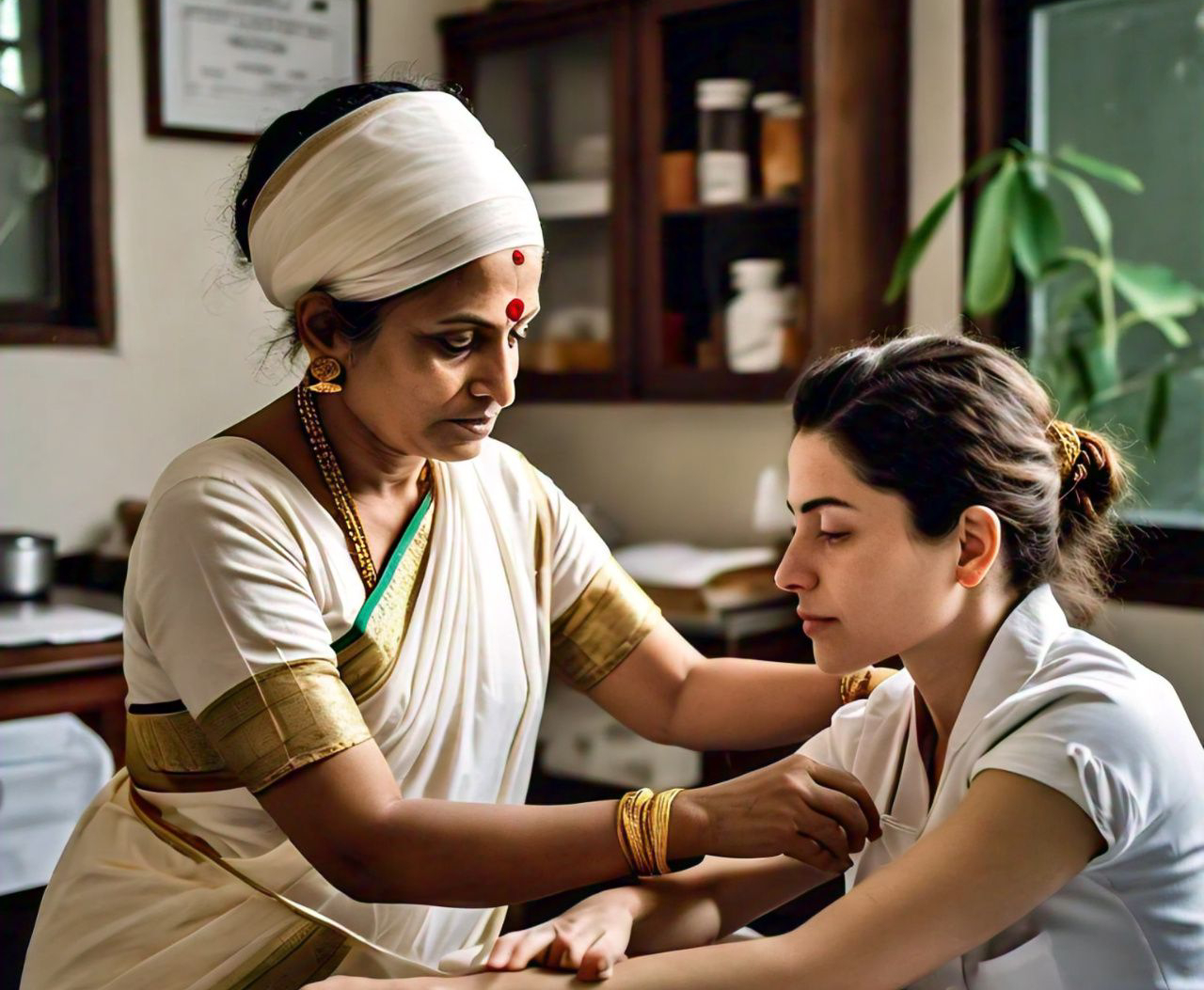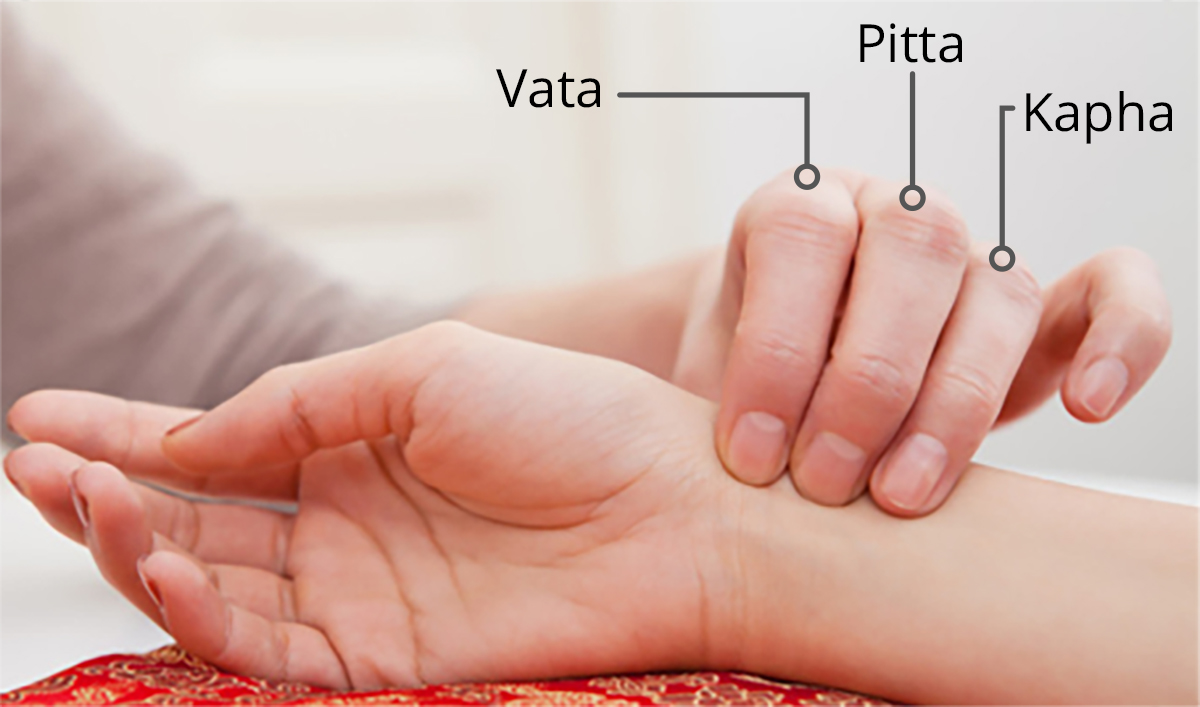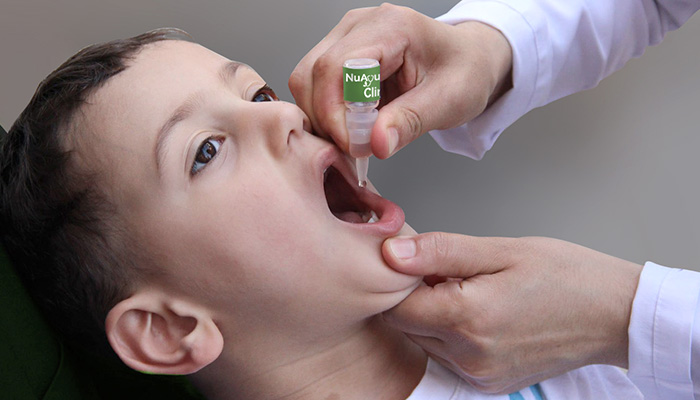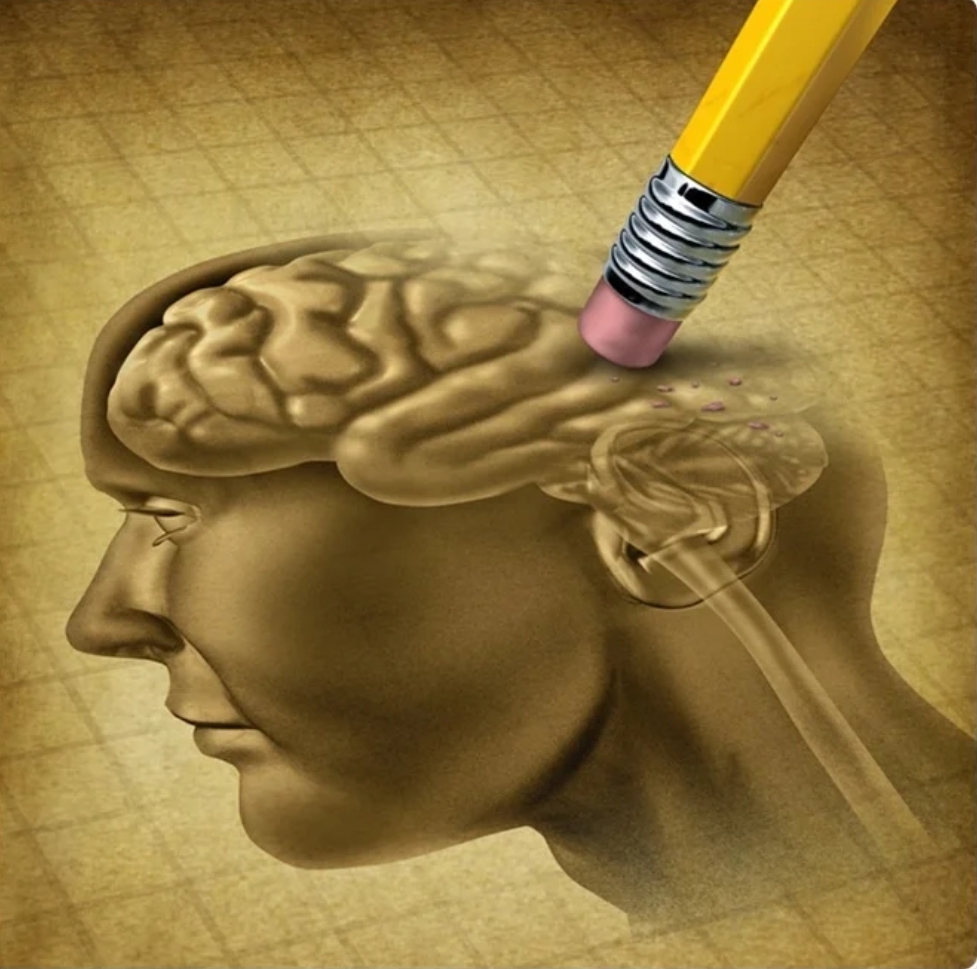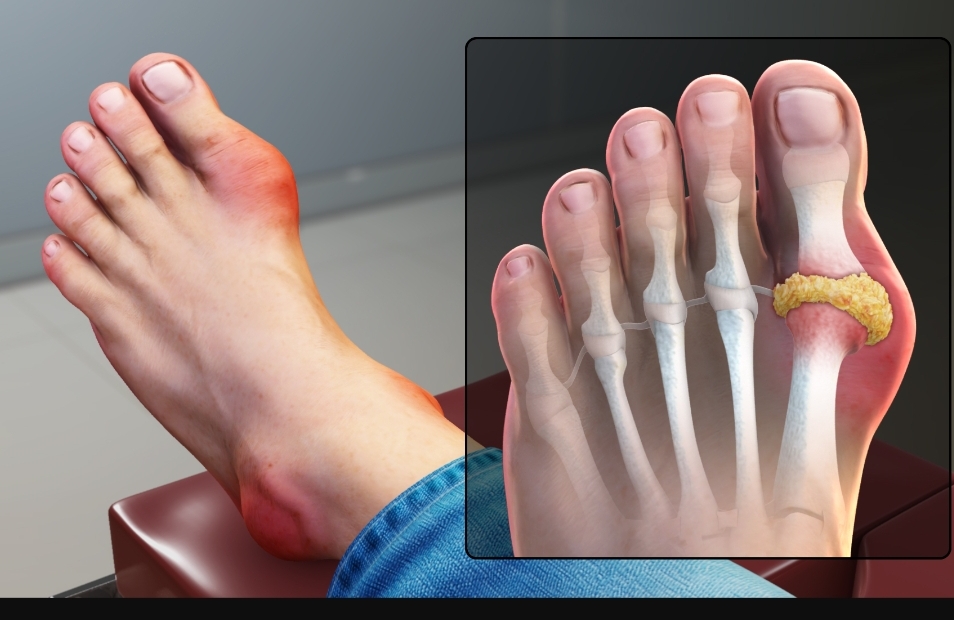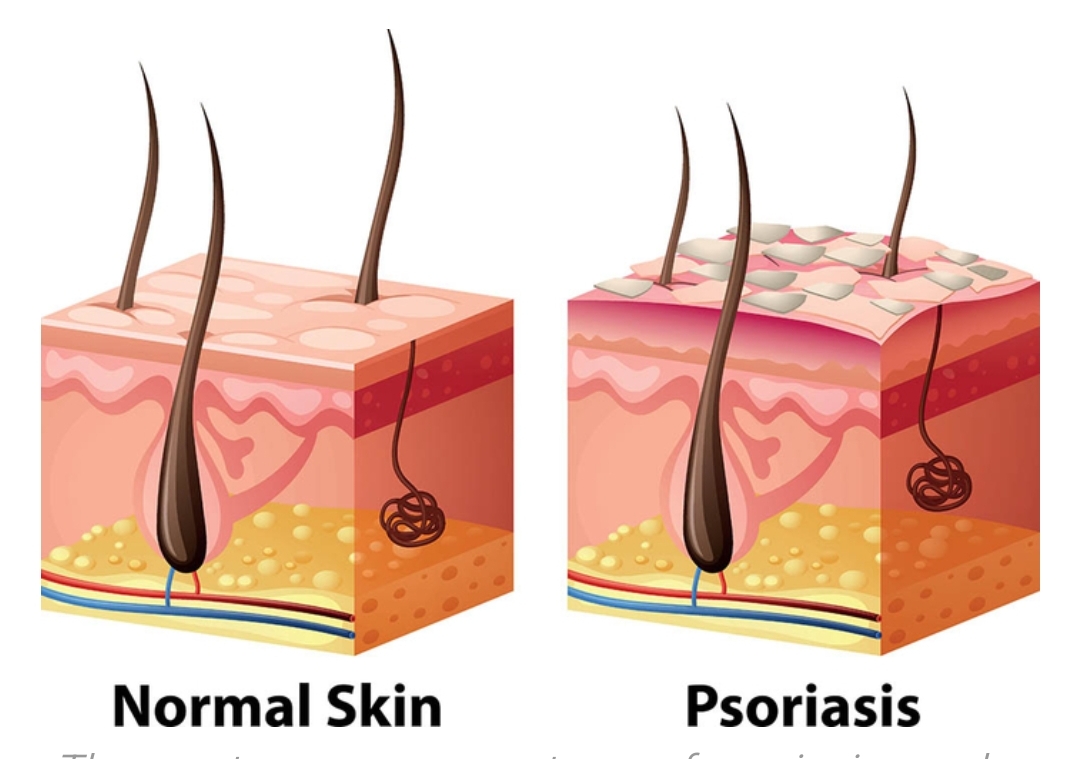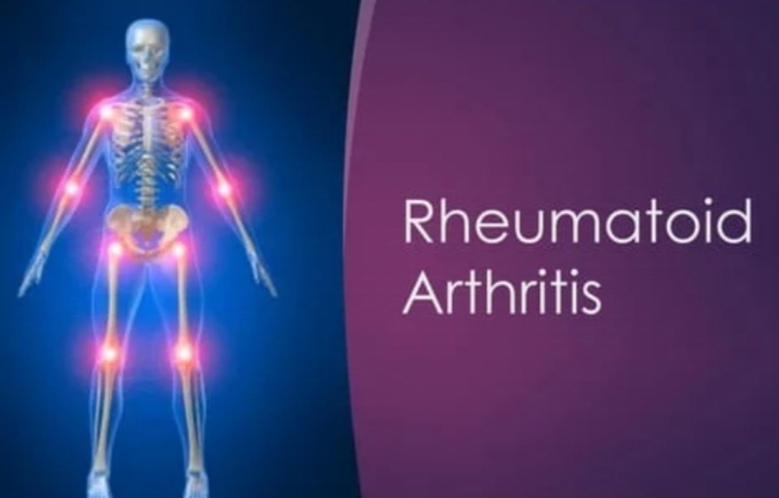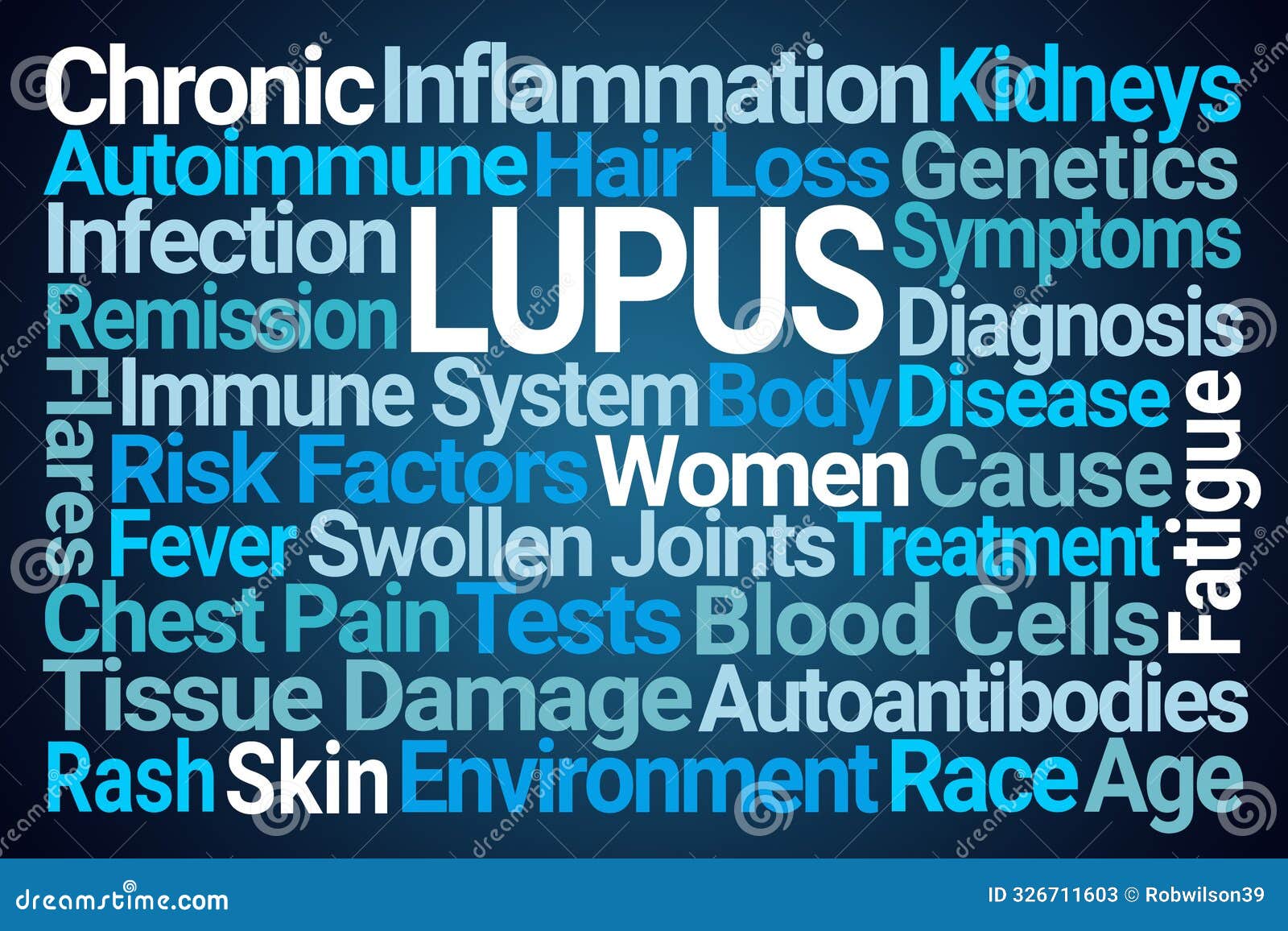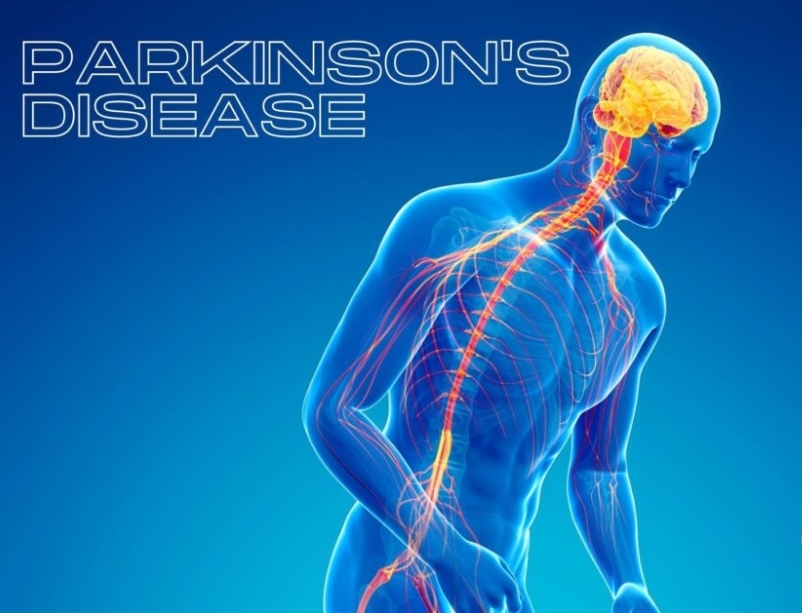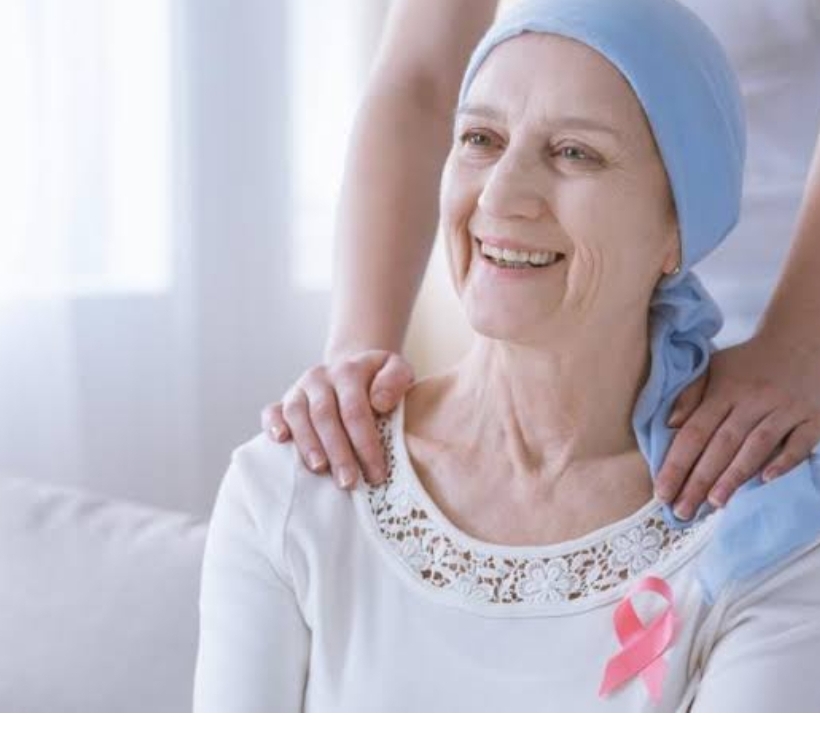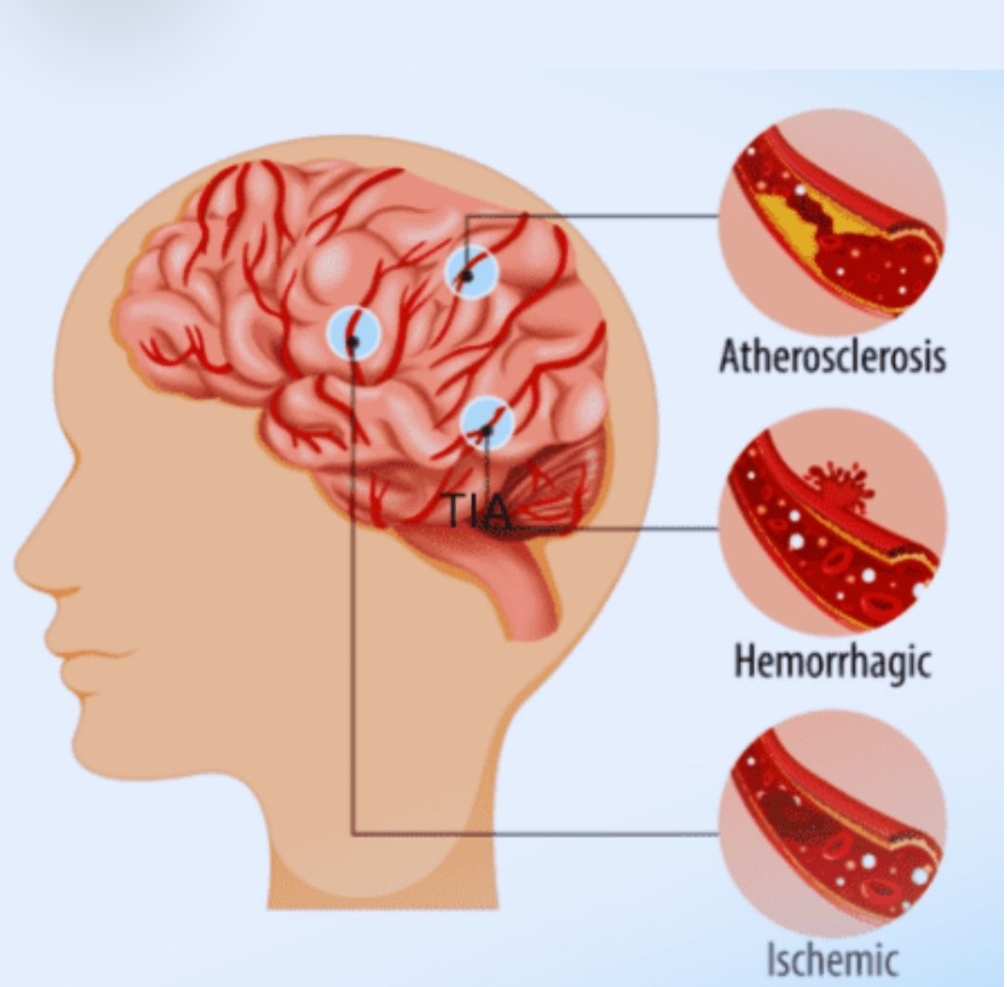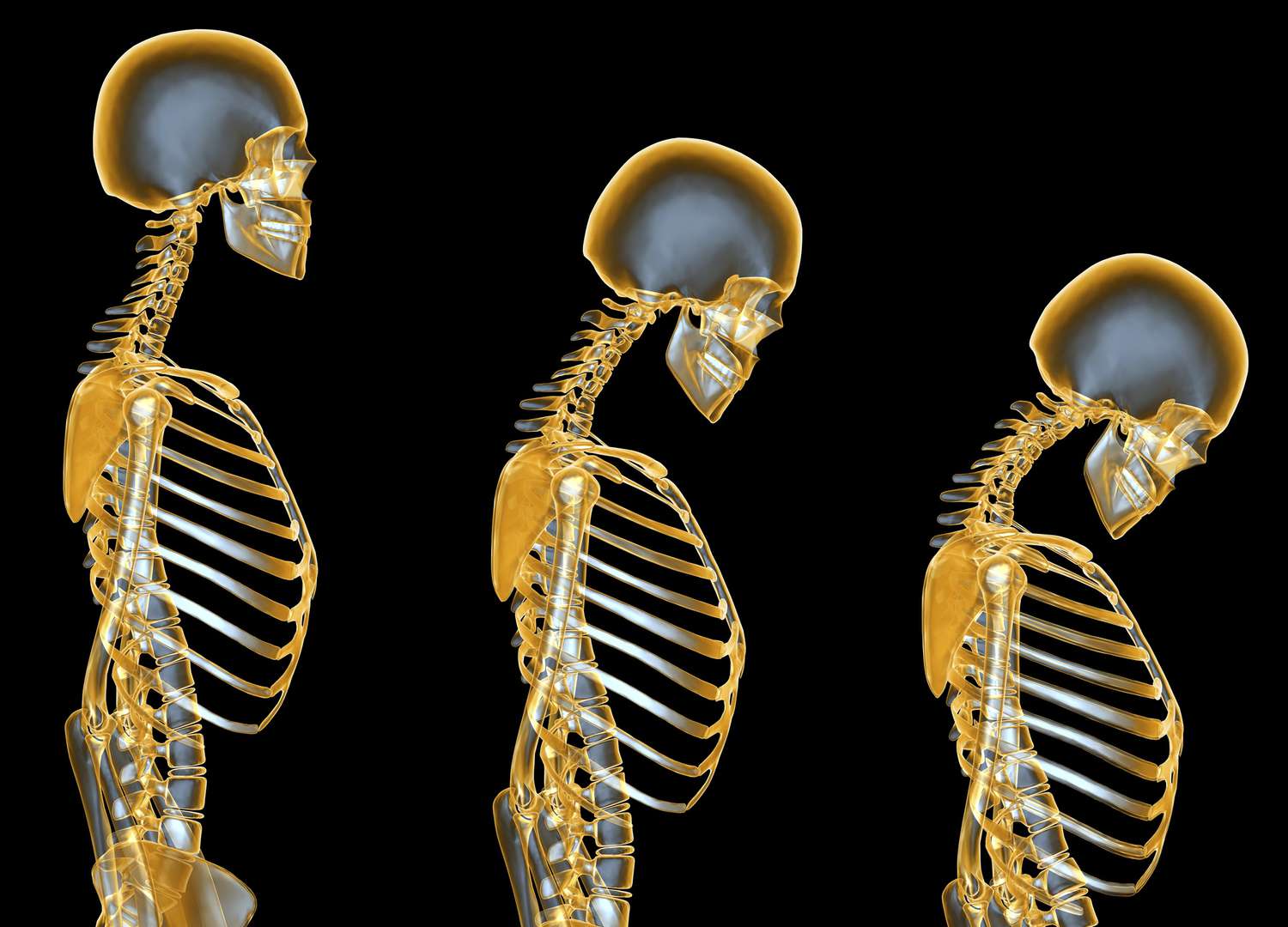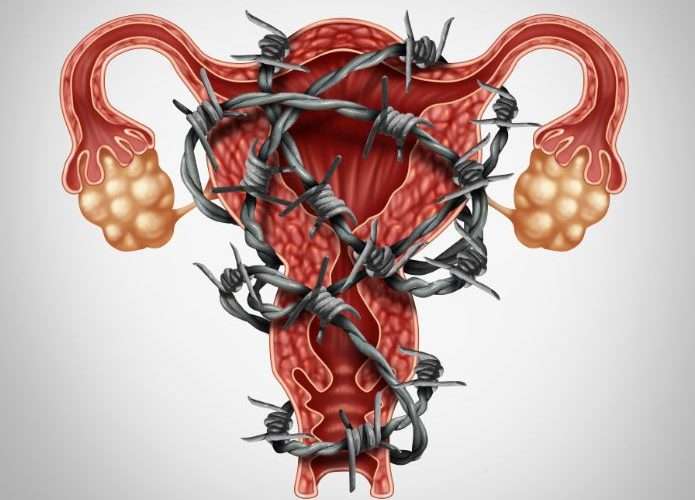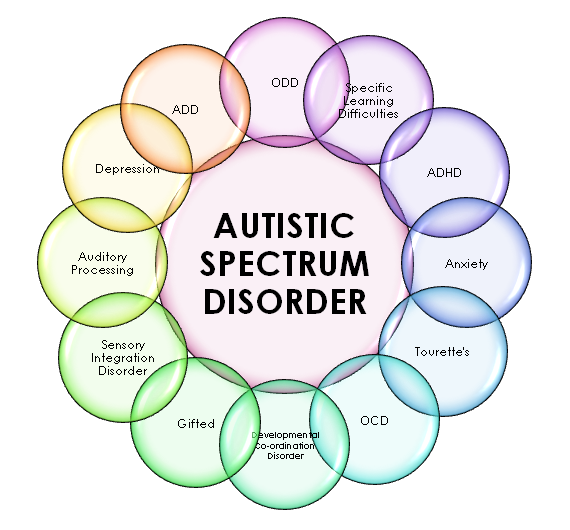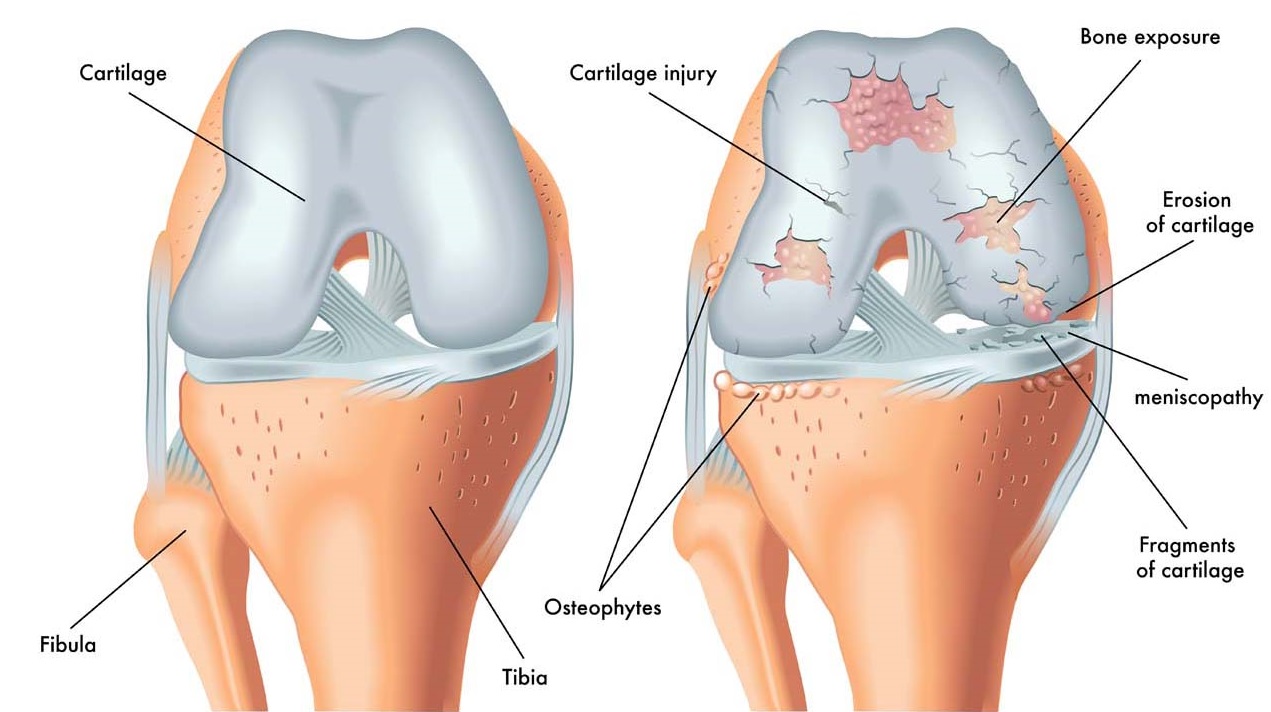
Osteoarthritis
Osteoarthritis (OA) is the most common form of arthritis that affects many individuals worldwide. Although it can be seen at any age, adults are more prone to get involved. Osteoarthritis is regarded as a degenerative joint disease.
When two bones come together, it is called a joint. The ends of bones are covered with protective tissue known as cartilage. In the case of osteoarthritis, these cartilages break down, which causes the bones to rub each other resulting in pain, stiffness, and other associated symptoms. Osteoarthritis can affect any joint but most commonly in the knees, hands, hips, and spine.
We can manage the symptoms of osteoarthritis through medical intervention, which will protect against further degeneration. In addition, maintaining a healthy weight, staying active and proper medication will reduce the progress of the disease.
Ayurveda treatment for Osteoarthritis
Ayurveda considers osteoarthritis as Sandhigata Vata, which happens due to aggravation of Vata Dosha. This aggravated Vata due to various factors lodge in the Sandhis (joints) and lead to Sandhigata Vata.
Ayurveda has described osteoarthritis treatment to prevent further deterioration of joints and to protect the cartilages. Various ayurvedic medicines for osteoarthritis treatment are mentioned in the classics that help heal this condition and strengthen the joints.
Osteoarthritis Treatment at Gayatri's heritage ayurveda
Osteoarthritis treatment in Ayurveda at gayatri's includes various panchakarma therapies and localized treatments done to the affected joints. Various joint pain treatments are –
- Abhyanga – applying oil to the site and massaging to the affected joint helps in reducing pain. The use of specific oil can alleviate the excess Vayu and soften the tissues.
- Janu Vasti – Janu Vasti is a specialized ayurvedic treatment where medicated oil is pooled and kept over the knee, done by creating a round compartment over the knees. The oil will be retained for some time, and when it becomes cool, it is again reheated and poured. Some of the best ayurvedic oil for knee pain are karpooradi tailam, mahanaryana tailam, dhanwantaram tailam, ksheerabala taila, ashwagandhabalalakshadi tailam, sahacharadi tailam, kottumchukkadi tailam, pinda tailam etc.
- Patra Pinda Sweda – the leaves of medicinal plants are heated with medicated oils and medicated powders, tied into a bolus, and applied to the affected area. The bolus is frequently warmed by dipping in warm oils to maintain a uniform temperature. This offers quick relief to patients suffering from osteoarthritis or knee pain arthritis. By doing Patra Pinda Swedana, the blood vessels become dilated and improve the local circulation.
- Lepana – applying the thick medicated paste over the joints helps to reduce swelling and pain quickly. The Lepa applied locally gets easily absorbed by the skin and exerts its effects locally.
- Upanaha (hot poultice – a type of fomentation) – Upanaha Sweda is one of the best osteoarthritis ayurvedic treatments. It helps to relieve the pain and stiffness in the joints immediately.
- Raktamokshana: in severe cases, a procedure called Raktamokshana is also carried out. It is an effective blood purification therapy, where a small quantity of impure blood is removed, and the patient gets immediate relief from pain.
- Anuvasana and Niruha Vasthi ; Using of herbal decotion via anal cavity to eliminate accumilated toxins, very effective therapy in Oseoarthiritis
Along with these treatments, internal medications, breathing techniques, and yogasanas are advised to patients.
Ayurvedic Management by Medicines
Ayurvedic treatment of Osteoarthritis prevents further deterioration in the joints and rejuvenates damaged cartilages. Vata-alleviating treatments through specific herbs are suggested for lubrication and strengthening of joints. Shamana (Palliative) treatment: The following drugs (single / compound formulations) are commonly used for prevention and control of osteoarthritis (sandhivata): Single Drugs Shunthi (Zingiber officinale Rose.) churna, Eranda Mula (Ricinus communis Linn.) Kvatha, Nirgundi (Vitex negundo Linn.) kvatha, Guggulu (Commiphora wrightii Arn.)
Asthi Majja Pushti Ghritam:The Wonder Medicine
At Gayathri's Heritage Ayurveda we have developed a special medicine for internal consumption called 'Asthi Majja Pushti Ghritam' , It revitalises the bone cells like Osteoblasts,Osteoclasts and Osteocytes ans bone tissues likePeriosteum,Endosteum and bone marrow and helps in drastically improving Bone density,Serum Calcium and HB levels.Even few months of continous intake will substancially change the condition of bone and joints
Compound Formulations
For internal use: Maharasnadi kvatha, Dashamula kvatha, Rasnadi kvatha, Maha Yogaraja guggulu, Yogaraja guggulu, Guggulutikta ghrita, Panchatikta ghrita guggulu;
For external application: Mahanarayana taila, Vishagarbha taila, Narayana taila, Mahamasha taila, Saindhavadi taila - are beneficial Samshodhana Chikitsa (Purificatory procedures): Samshodhana Chikitsa is a specialized therapeutic approach of Ayurveda to eliminate toxins from the body by giving Panchakarma. It is usually followed by Shamana Chikitsa (Palliative therapy). But it should be decided by the physician according to the condition of the patient whether Shodhana therapy is indicated or not. i) Local application of Eranda patra kalka, Dashanga lepa ii) Snehana (external): massage with medicated oils such as Mahanarayan taila, Dashamula taila, Mahamasha taila, Vishagarbha taila iii) Snehapana (Internal Oleation) by Guggulutikta ghrita / Panchatikta ghrita with Saindhava lavana iv) Svedana (Medicated fomentation): ( localized or generalized hot fomentation)
What causes Osteoarthritis?
- Obesity – obesity is one of the main reasons for this degenerative disease. Being overweight, more pressure is applied over knees and hip joints, resulting in wear and tear.
- Lack of sufficient nutrition – due to nutritional deficiency, the joints tend to develop osteoarthritis.
- Increased joint stress – increased pressure in the weight-bearing joints increases the risk of osteoarthritis. Using high heels in women can aggravate the condition. Dancers and sportspeople who undergo vigorous training are also under the high-risk category.
- Joint injuries – any injury that occurred during any activity or accident that affected the joints is another leading cause of osteoarthritis.
- Hereditary – people who have osteoarthritis in their family are at high risk.
- Age – as age progresses, the chances of degeneration would be high.
- Gender – studies found that females are more prone to get affected with osteoarthritis after 50.
- Genetics – genetically, few individuals inherit a chance to develop osteoarthritis.
- Bone deformities – people who have any malformed joints or cartilage problems are more likely to be affected by osteoarthritis
- Related diseases – individuals with diabetes, rheumatic diseases, and gouty arthritis have an increased risk of getting osteoarthritis.
Symptoms of Osteoarthritis?
- Pain – severe pain in the joints primarily associated with burning sensation is the most common osteoarthritis symptom. Pain may be constant or occasionally occurring while doing any activity.
- Tenderness in the joints is experienced while pressure is applied over the joint.
- Stiffness in the joints – the joints get stiff due to inactivity. It can be either due to inactivity or while getting up after sleep.
- Loss of flexibility in the joints
- Muscle weakness – the muscles around the affected joints generally get weaker. This is most commonly seen in the knee joints.
- Inflammatory signs in joints – swelling is not very common, but mild swelling can be seen in a few cases.
- Deformity in the joints – joints tend to lose their standard shape when the condition worsens.
- Decreased mobility of the affected area – the natural movements in the joints will gradually reduce. As it progresses, the symptoms get worse, and cannot bend, flex or extend the joints. Due to this decreased activity, the range of mobility is further affected.
- Cracking sounds from the joints – joints make cracking sounds while walking or climbing stairs.
- Insomnia – due to unbearable pain and stiffness, the quality of sleep may be compromised.
- Spinal stenosis – this is a condition where there is a narrowing of spaces within the spine. Due to this, pressure is generated, which causes pain, weakness, and numbness.
- Spur formation – rarely, there may be extra growth over the bones around the affected area.
- Other symptoms may include – heaviness in the body, loss of appetite, warm and numb joints, occasionally fever.
FAQ's
What is Osteoarthritis?
Osteoarthritis is wear and tear condition of the joints, which causes bones to rub together, causing pain, swelling, and loss of motion of the joint. Osteoarthritis is the most common form of arthritis among older people.
What joints are most often affected by Osteoarthritis?
Although osteoarthritis can occur in any joint, most often it affects the hands, knees, hips, and spine (either at the neck or lower back) in the following ways.
How is Osteoarthritis diagnosed?
No single test can diagnose Osteoarthritis. When a person feels pain in his or her joints, it may or may not be osteoarthritis. The doctor will use a combination of tests to try to determine if Osteoarthritis is causing the symptoms. These may include -
Medical history
Physical examination
X - rays
What is the role of nutrition and diet in the treatment of Osteoarthritis?
Balanced diet with adequate supplementation of calcium can be helpful to patients. Whole grains, black beans, spinach, cabbage, carrot, cucumber, tomatoes, banana, orange, lemon, honey, raisins, fatless cottage cheese and coconut oil should be included in the diet. It is also advisable to avoid foods rich in fat. Drinking plenty of water is recommended. It also provides lubrication to the joints and reduces the risk of osteoarthritis
How do I know whether I am having or what are the warning signs of Osteoarthritis?
Warning signs of Osteoarthritis include 1]Joint pain 2] Swelling or tenderness in one or more joints 3]Stiffness after getting out of bed or sitting for a long time 4] A crunching feeling or sound of bone rubbing on bone.
Not everyone with osteoarthritis develops symptoms. In fact, only a third of people with X-ray evidence of osteoarthritis report pain or other symptoms
Can exercise help treat osteoarthritis?
Yes, exercise is one of the best treatments. Exercise can decrease pain, and assist in maintaining a healthy weight. The amount and form of exercise will depend on which joints are involved. The following types of exercise are found beneficial. But should be done under strict supervision of Physiotherapist 1] Strengthening exercises. 2] Aerobic activities. 3] Range-of-motion activities. 4] Balance and agility exercises.
What are the activities that increase the risk of Osteoarthritis?
Activities that increase the risk of osteoarthritis include: 1] Twisting of the leg (E.g. Football or baseball sport) 2] Jerky movement 3] Prolonged standing (E.g. in case of Traffic policemen) 4] Prolonged kneeling (E.g. Coal miners) 5] Squatting
What are the do’s and don’ts for an Osteoarthritis patient?
Include a brisk walk in your schedule either in the morning or evening for 30-40 minutes for 3-4 days weekly. Bend at your knees with your back straight to pick up any object from the ground. Avoid crossed knee sitting. Avoid lifting heavy weights. Avoid prolonged duration of activities, which strain the joints like gardening, prolonged standing, kneeling and squatting etc.



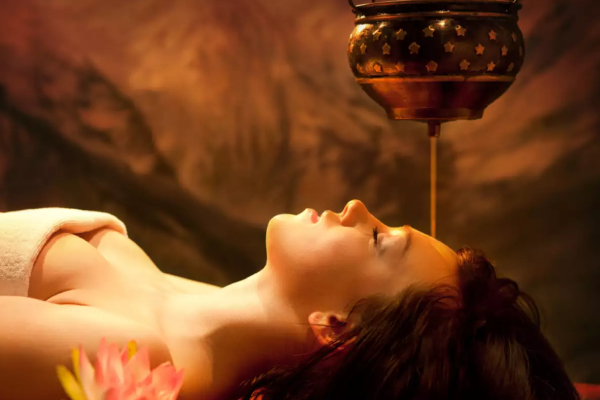
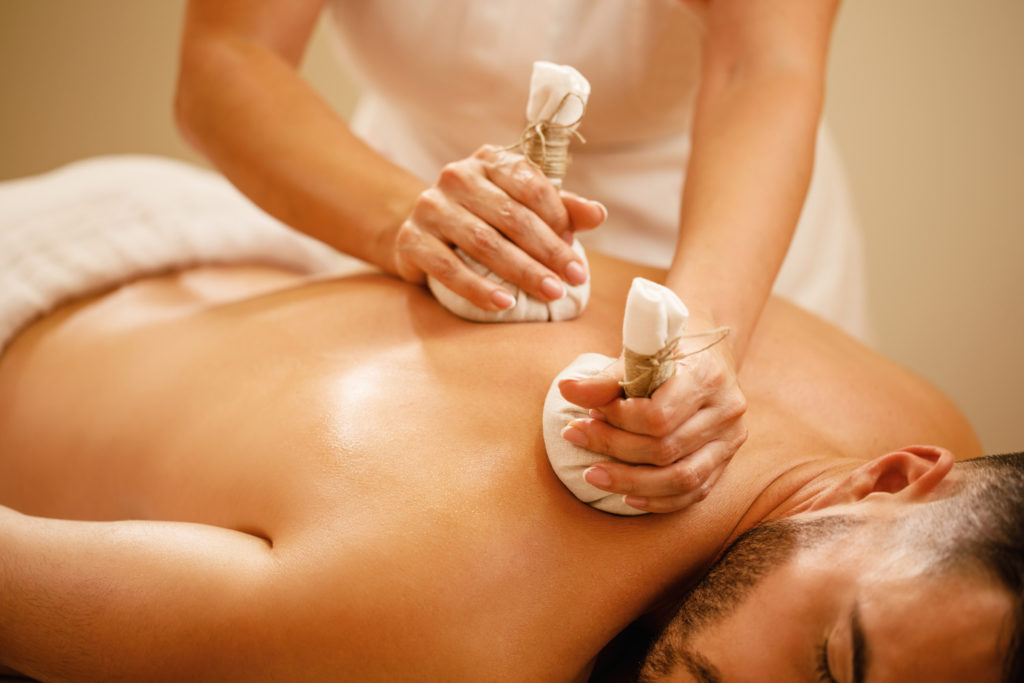
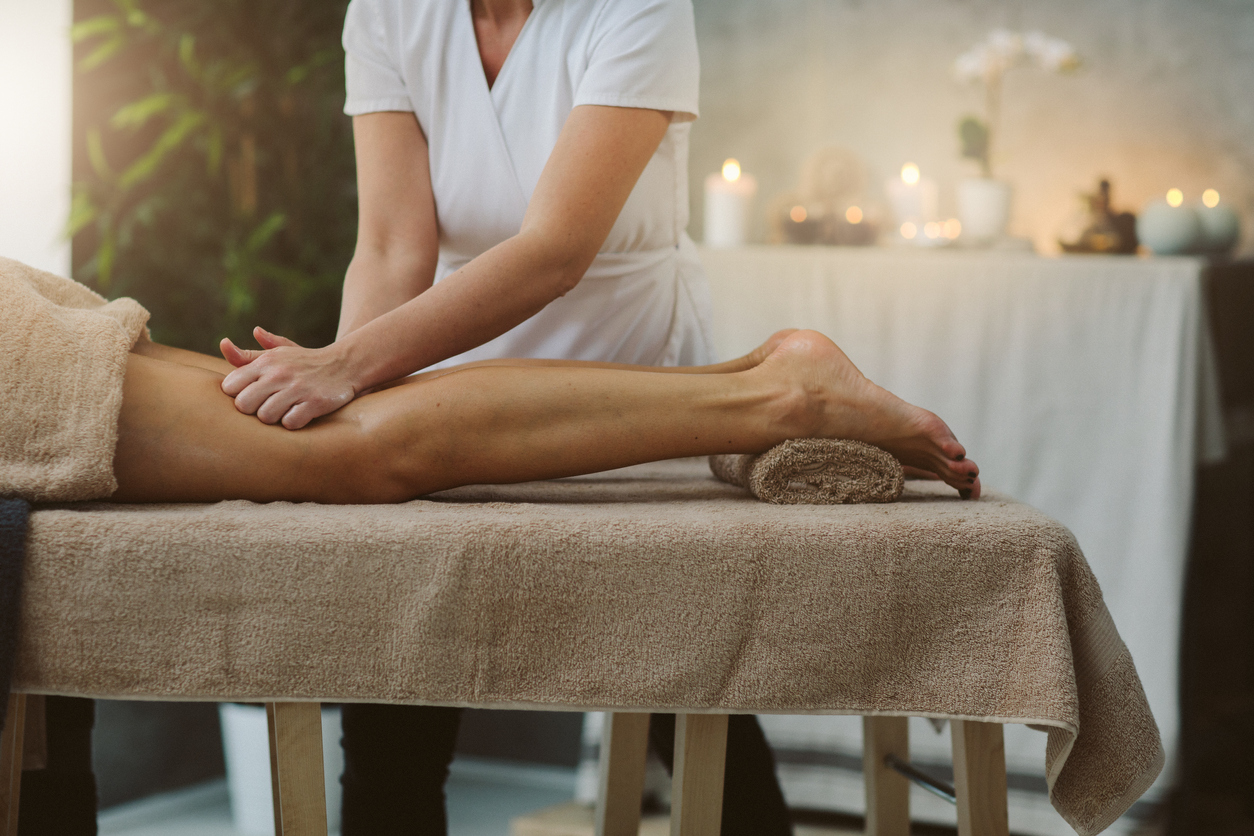


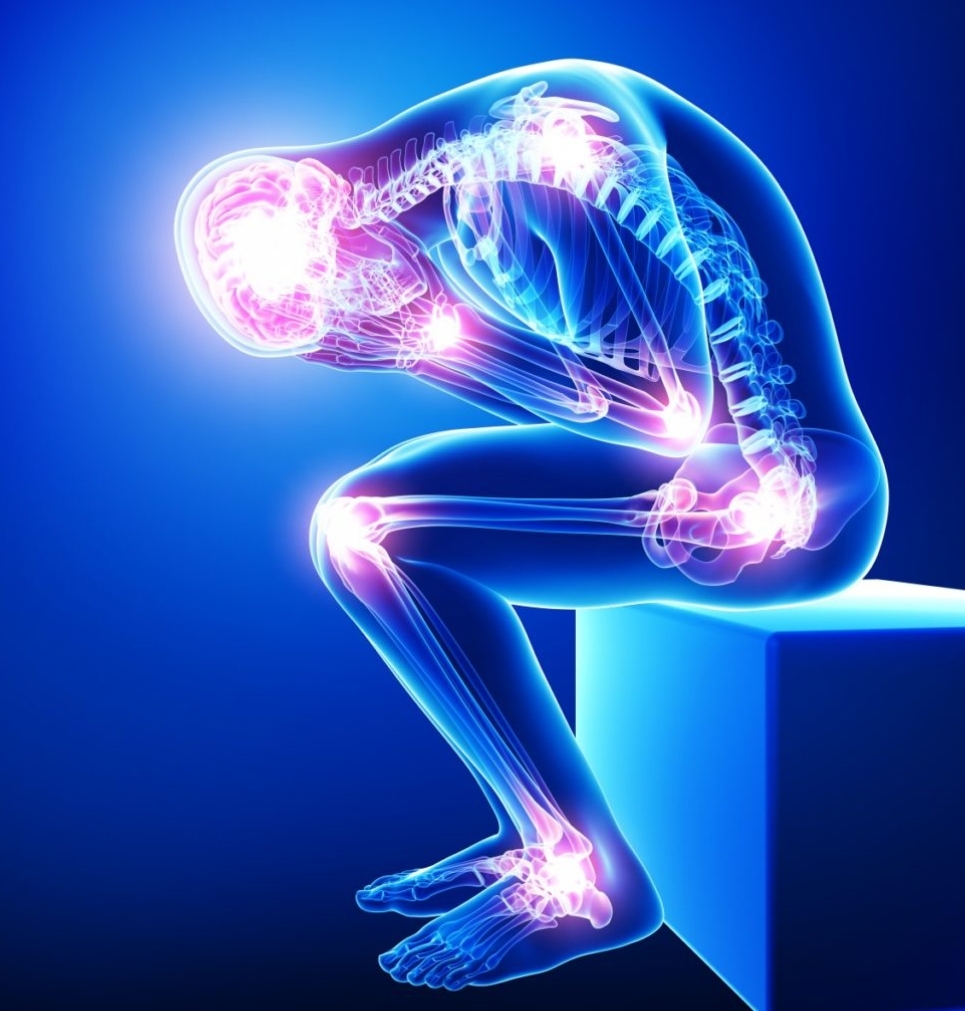
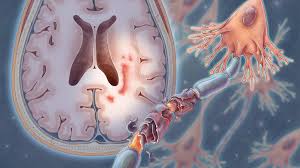
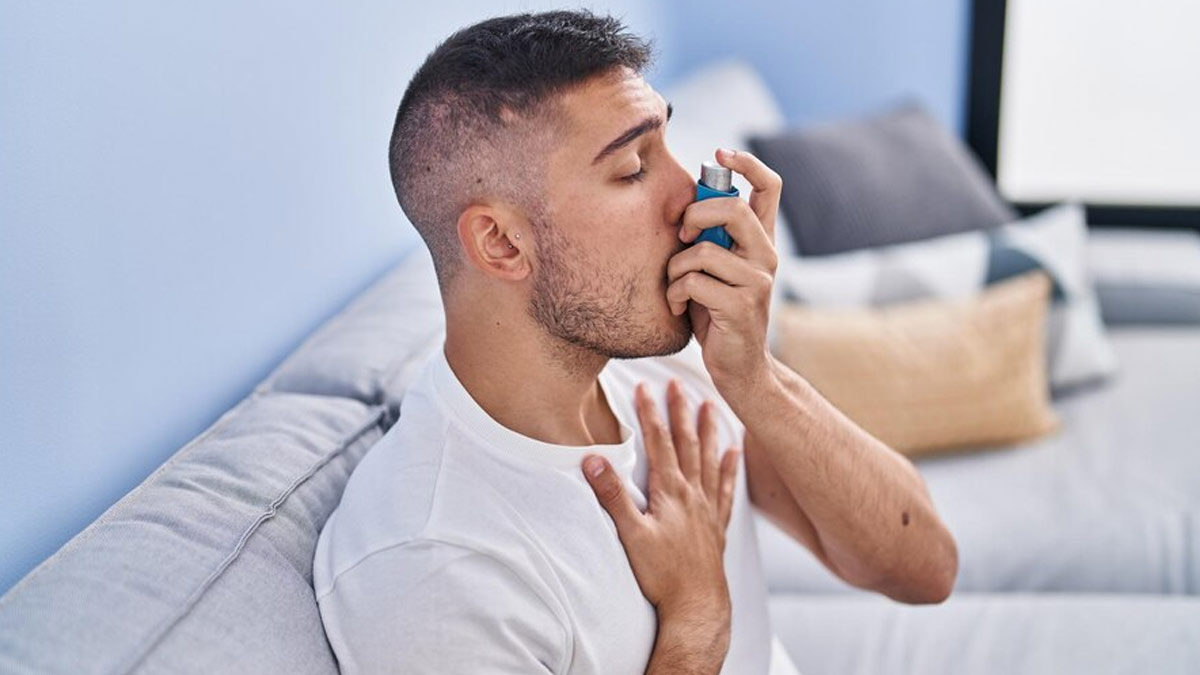
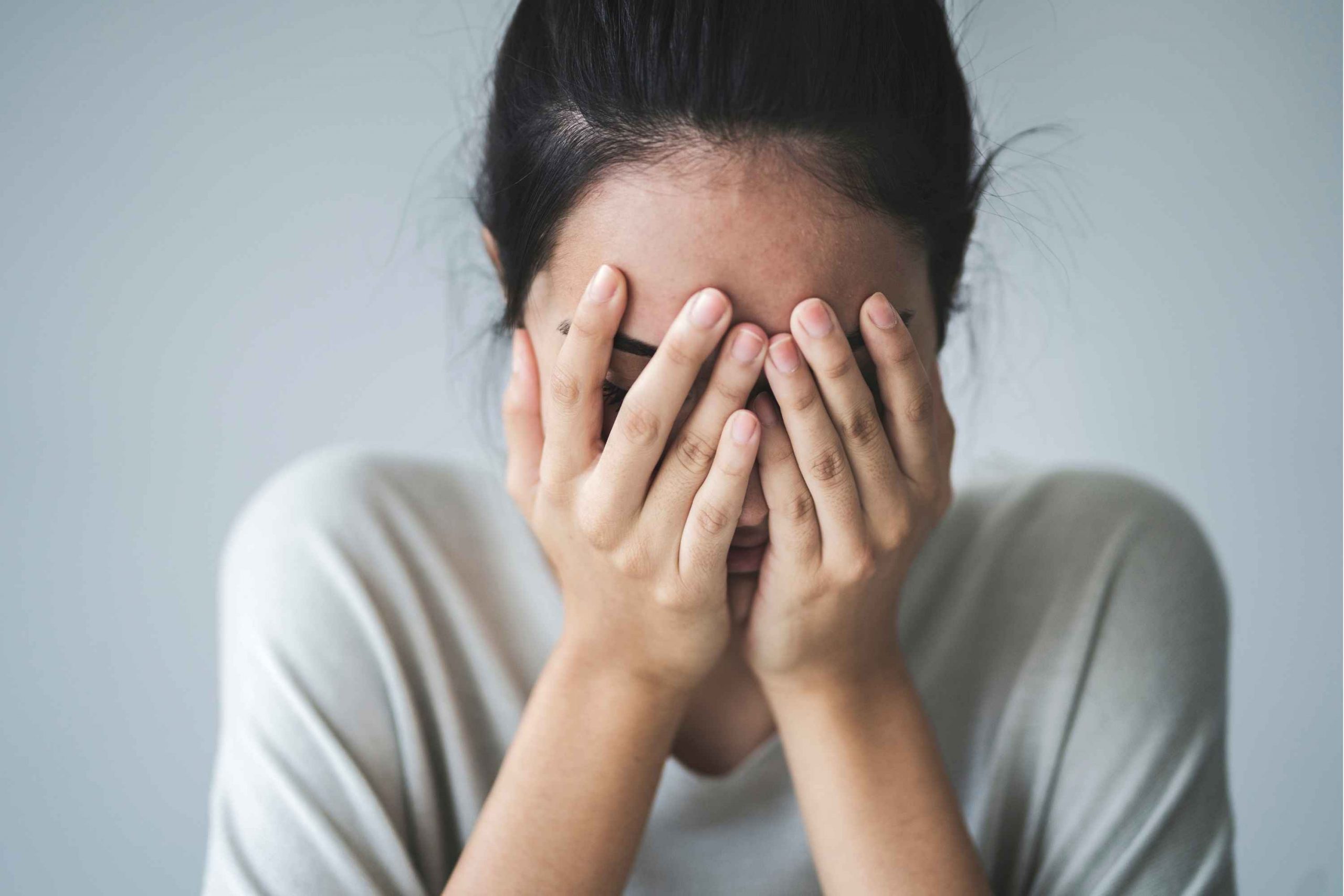
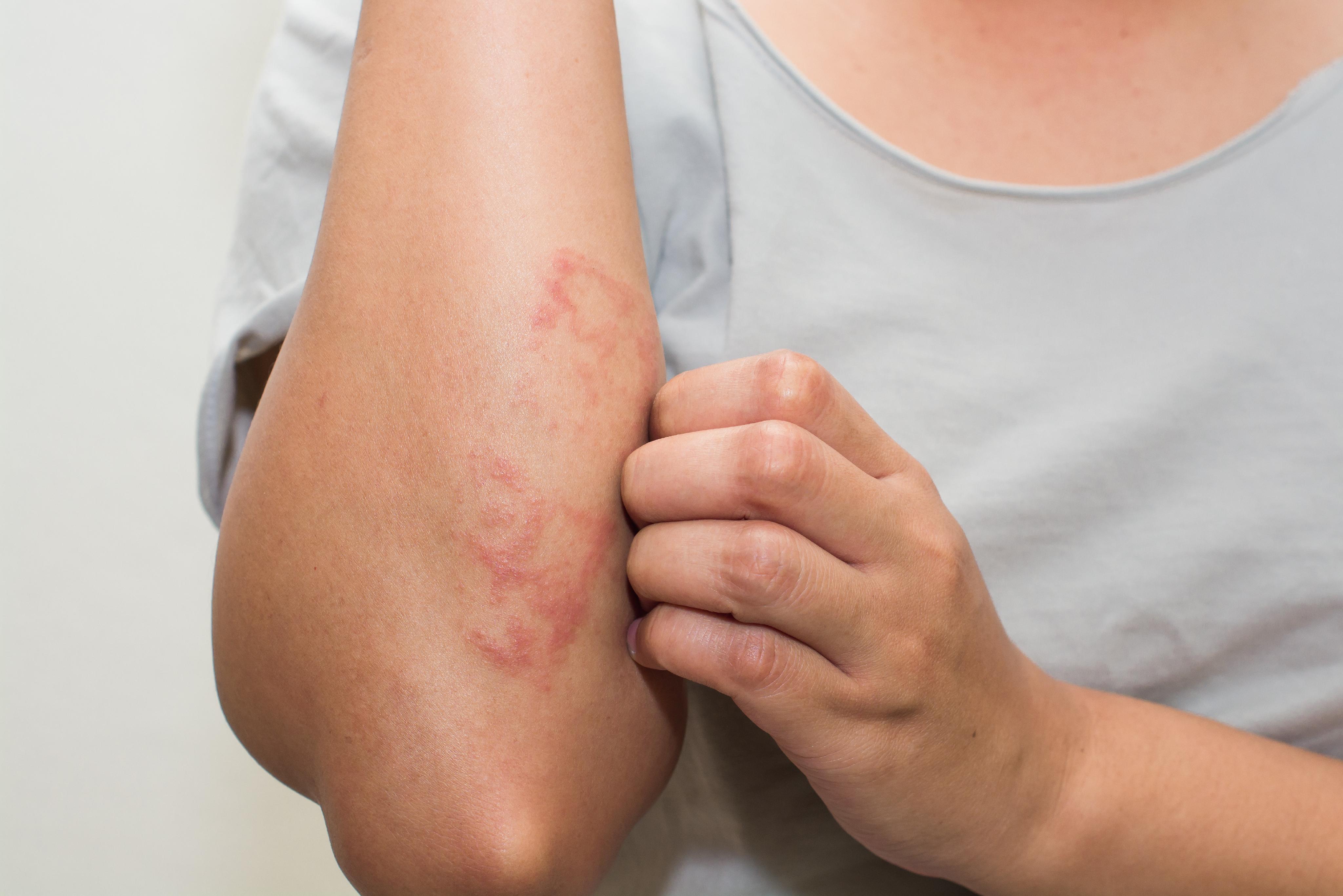
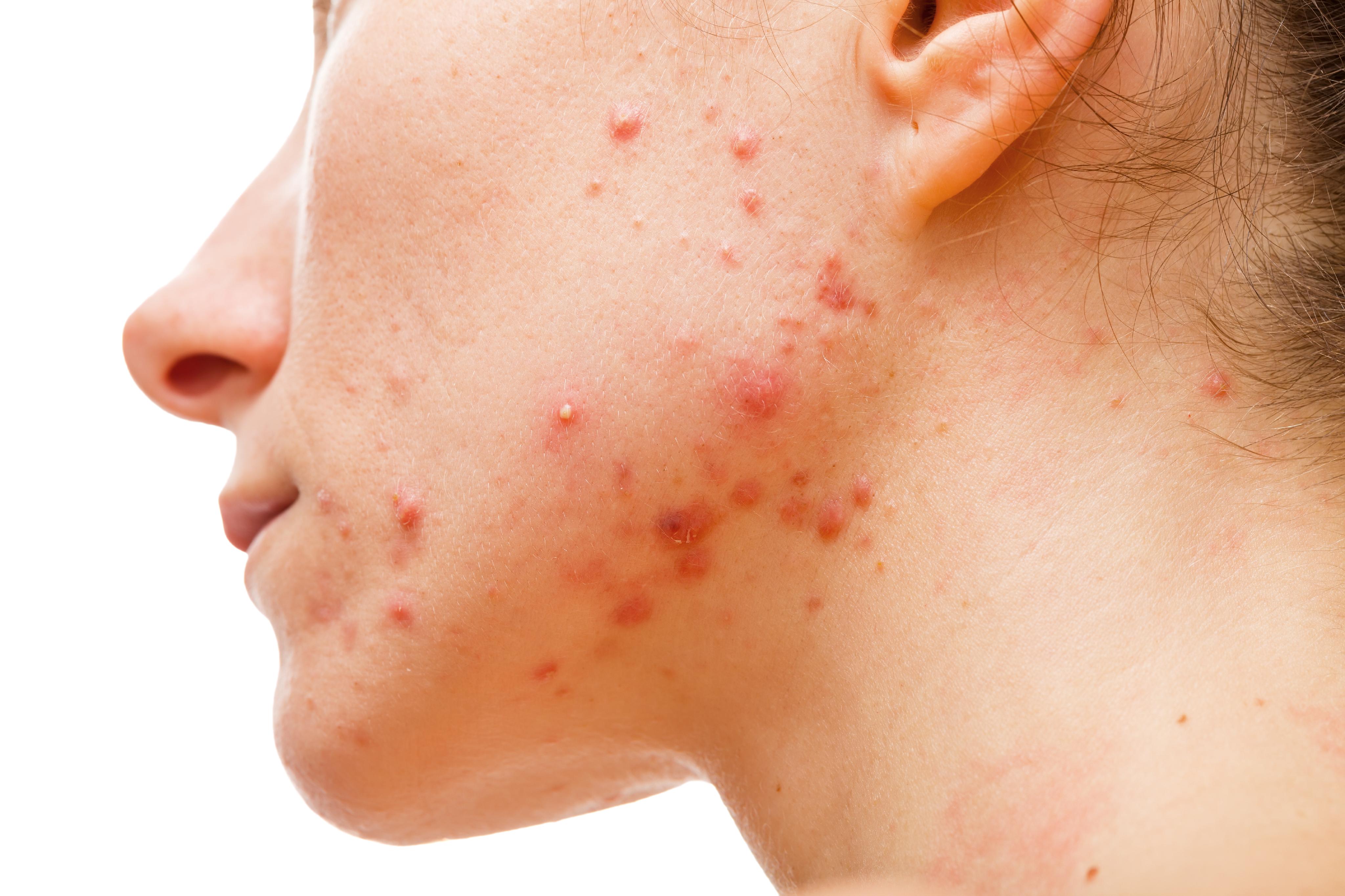
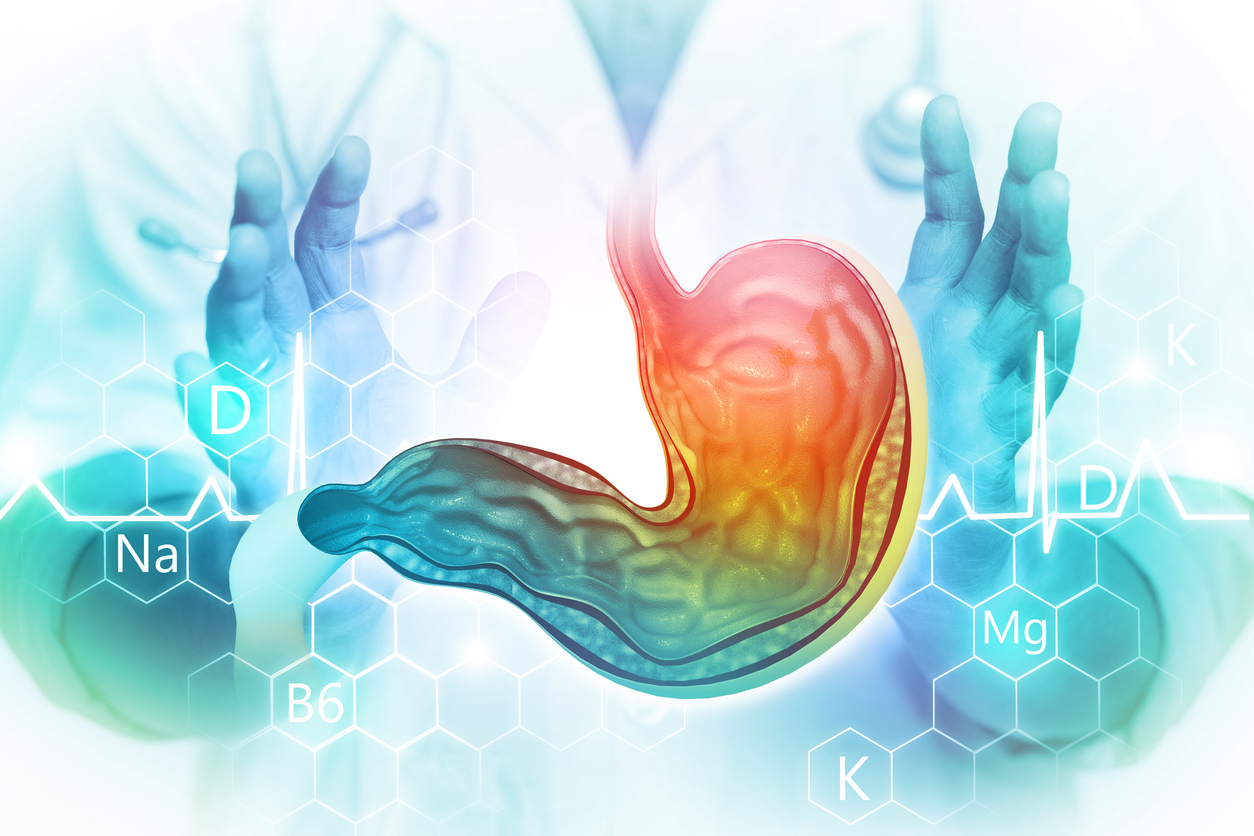
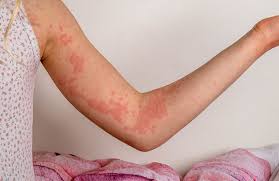
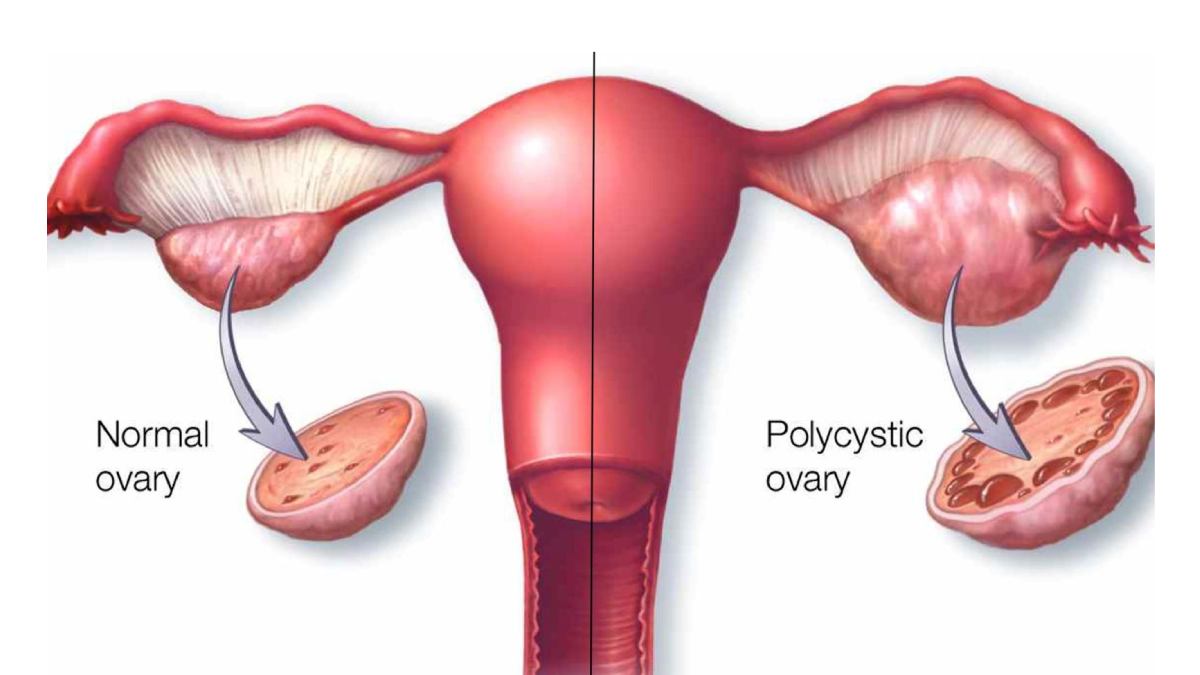
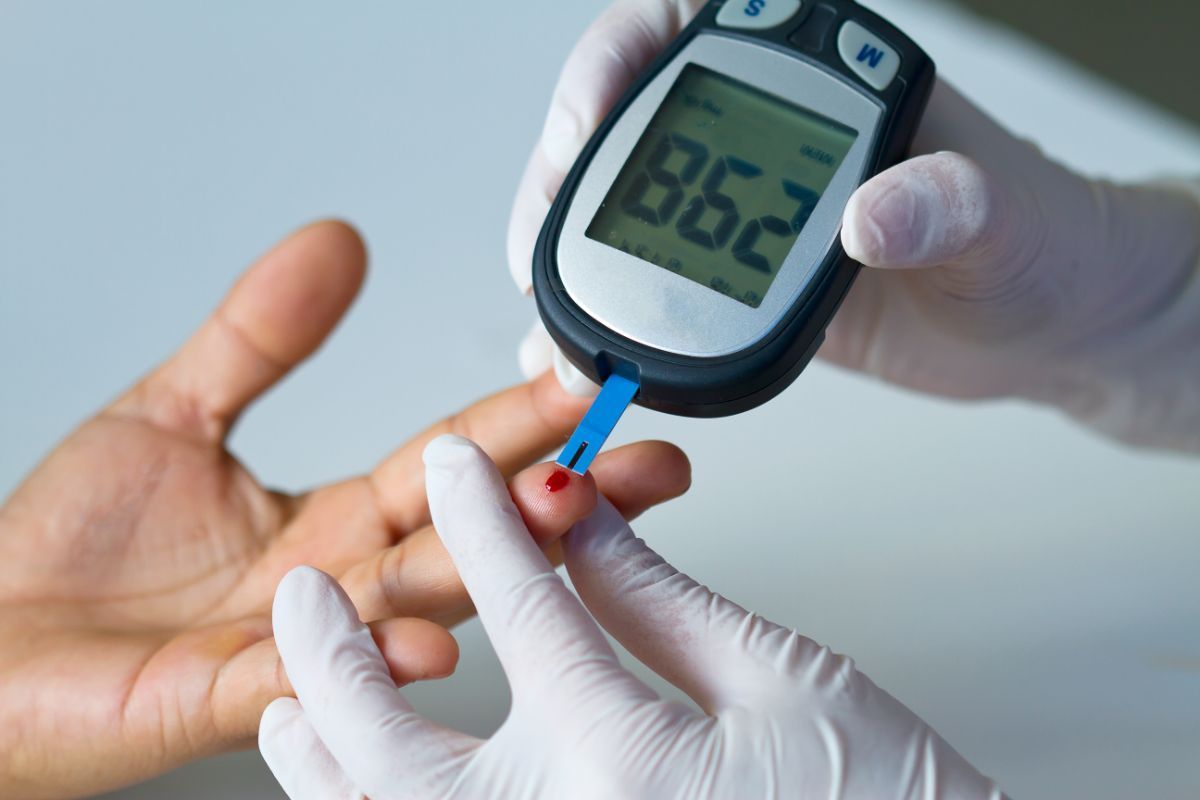
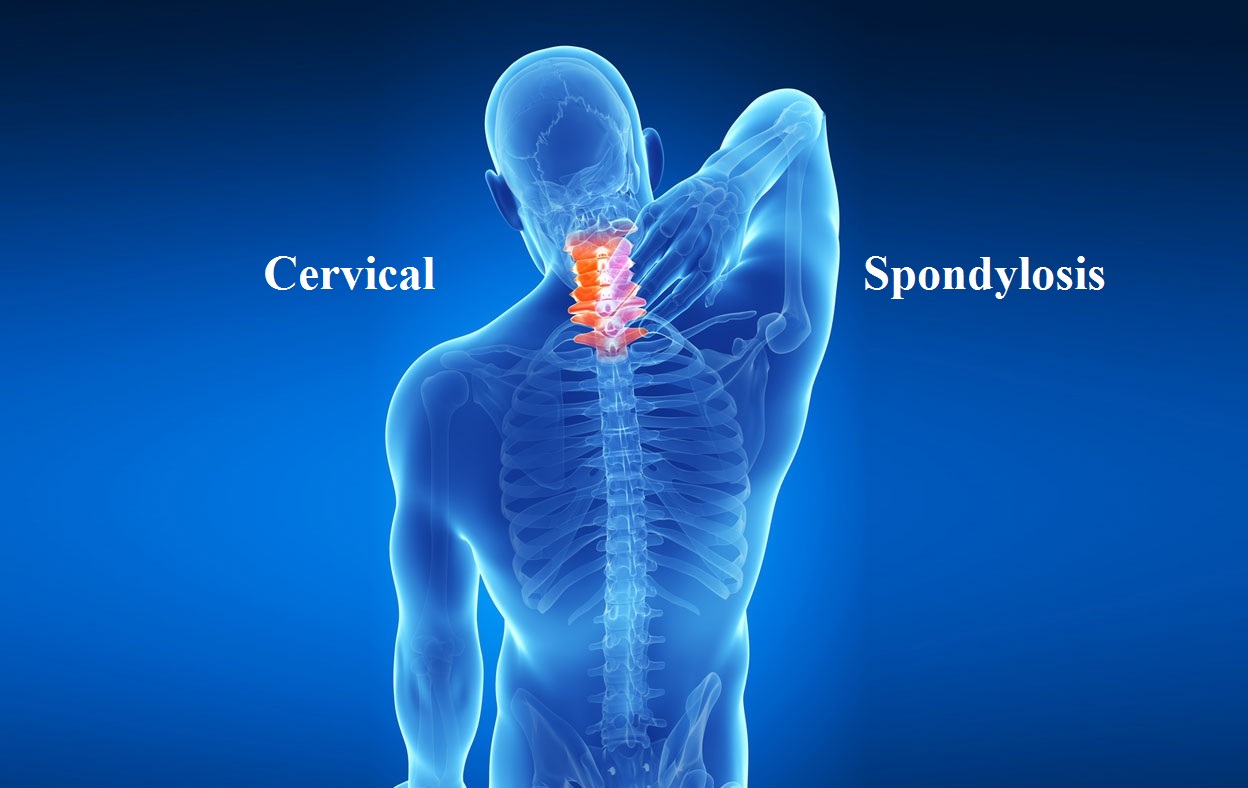
.jpg)
